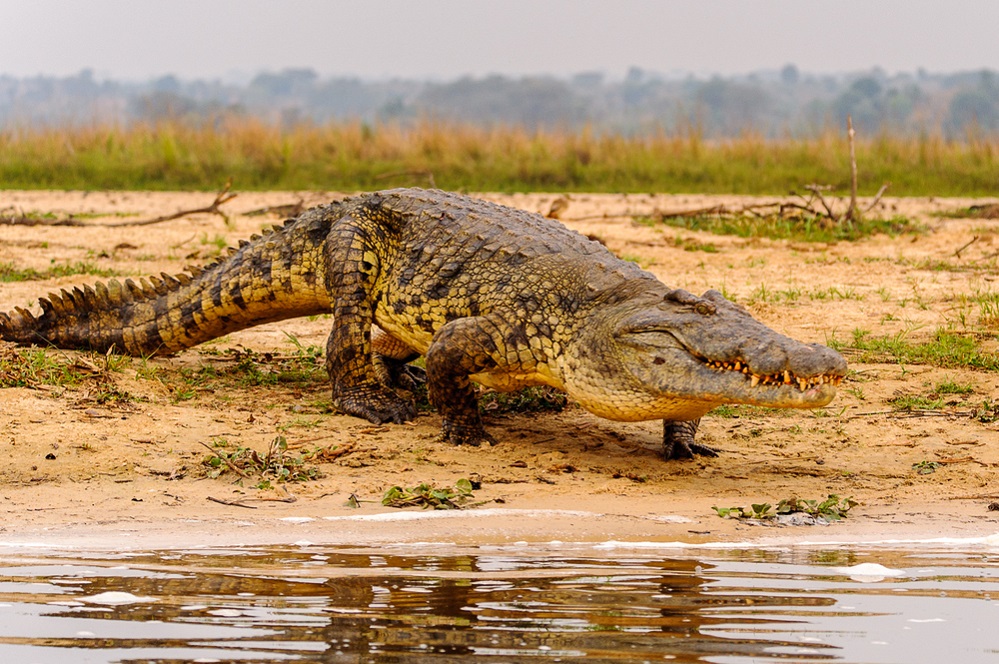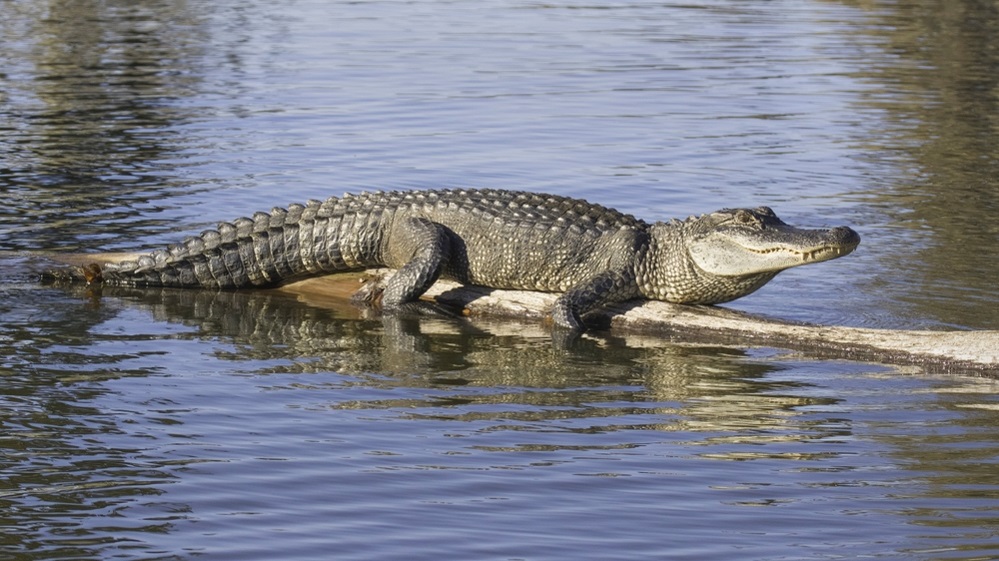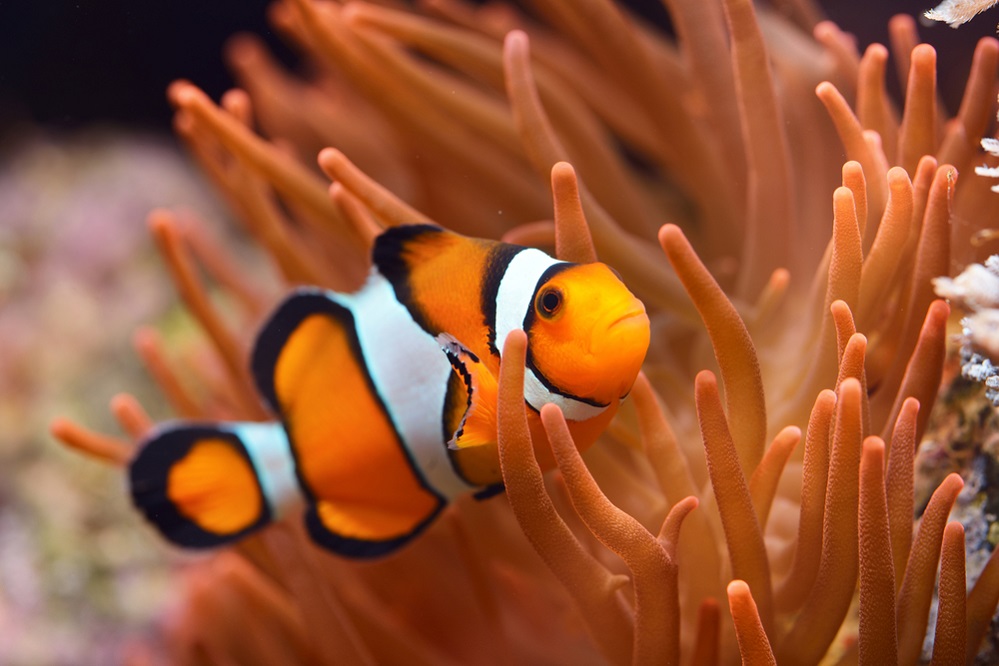Sharks. Just the word might make you picture sleek bodies, scary teeth, and the chilling music from Jaws. They are the ultimate ocean predators, and they’ve been around for a very long time. In fact, sharks have been swimming in our oceans for over 400 million years – that’s even longer than dinosaurs!
They’re apex predators, which means they are at the very top of the food chain, and they play a super important role in keeping our oceans healthy.
Sadly, many people have the wrong idea about sharks. Movies and scary news stories often make them seem like mindless killers, but that’s not really true. Sharks are actually far more threatened by us than we are by them.
In this article, we’re going to take a deep dive into the world of sharks. We’ll learn all about their amazing bodies, the many different kinds of sharks, and why they are so important for our oceans. By the end, you’ll see these ancient, amazing creatures in a whole new light.
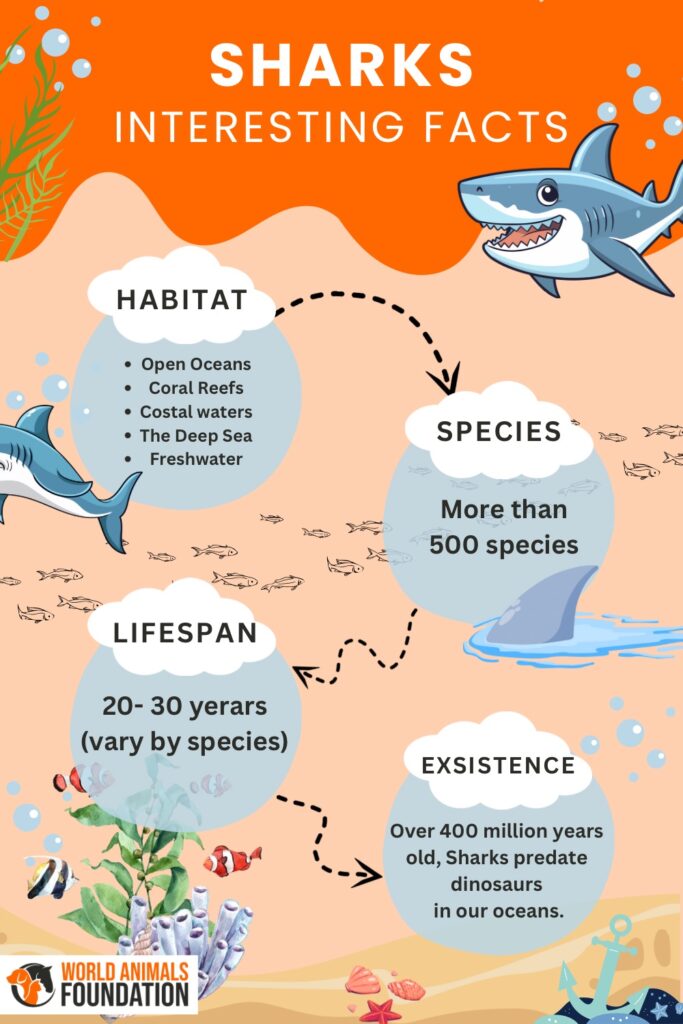
Anatomy and Physiology
Sharks aren’t just built to survive – they’re built to rule the ocean! Their amazing bodies and super senses make them the perfect hunters.

The Shark's Body
Sharks are built for speed and agility in the water. Their bodies are shaped like sleek torpedoes, allowing them to cut through the water with ease. Their skin is covered in tiny scales that reduce friction, making them even more slippery.
Unlike humans who have hard bones, sharks have skeletons made of cartilage, the same flexible material found in your nose and ears. This makes them lighter in the water and gives them incredible flexibility.
Sharks have powerful fins that help them with swimming, steering, and balance. The fin on their back (the dorsal fin) keeps them stable, while their side fins (pectoral fins) work like brakes and a steering wheel. Their strong tail fin (caudal fin) provides powerful thrust to propel them forward.
Shark Senses
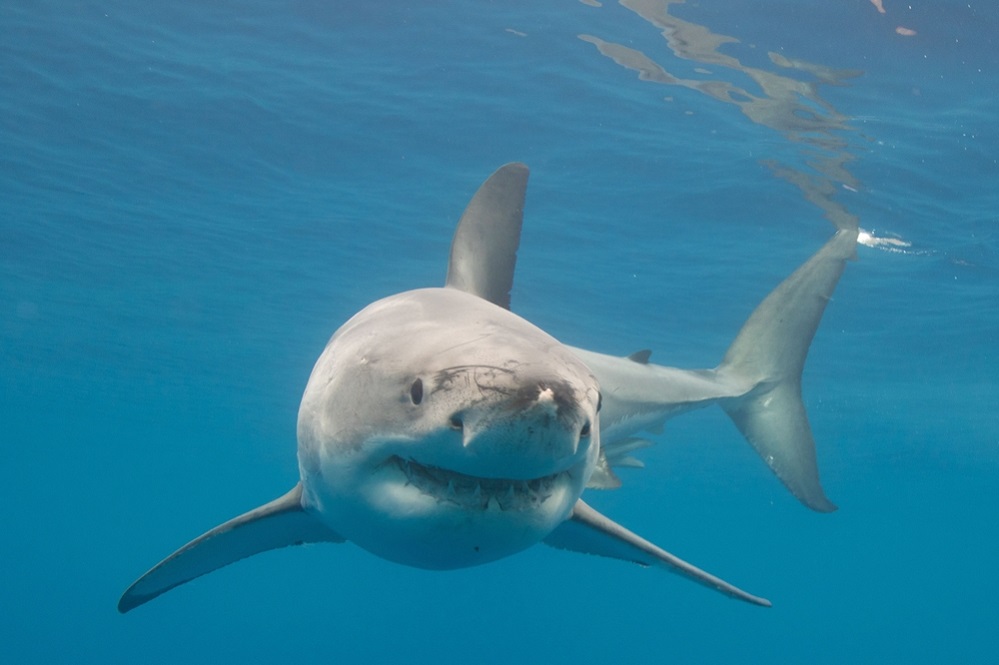
Sharks possess a remarkable set of senses that make them incredibly skilled hunters. It’s almost like they have superpowers! Their eyesight is well-adapted to different underwater conditions, and some sharks can even see colors to help them identify prey.
A shark’s sense of smell is legendary – they can detect the faintest traces of chemicals in the water, leading them to food from great distances.
Sharks have a unique superpower called electroreception. Special organs on their bodies allow them to sense the tiny electrical fields generated by all living creatures. This incredible sixth sense helps them find prey even when it’s hidden. Sharks also have sensitive hearing, primarily for detecting low-frequency vibrations that might signal an injured animal or a potential mate.
Finally, they have a lateral line system – a fluid-filled canal running along their sides – which helps them detect subtle movements and pressure changes in the water around them.
Adaptations for Hunting
How do sharks hunt?
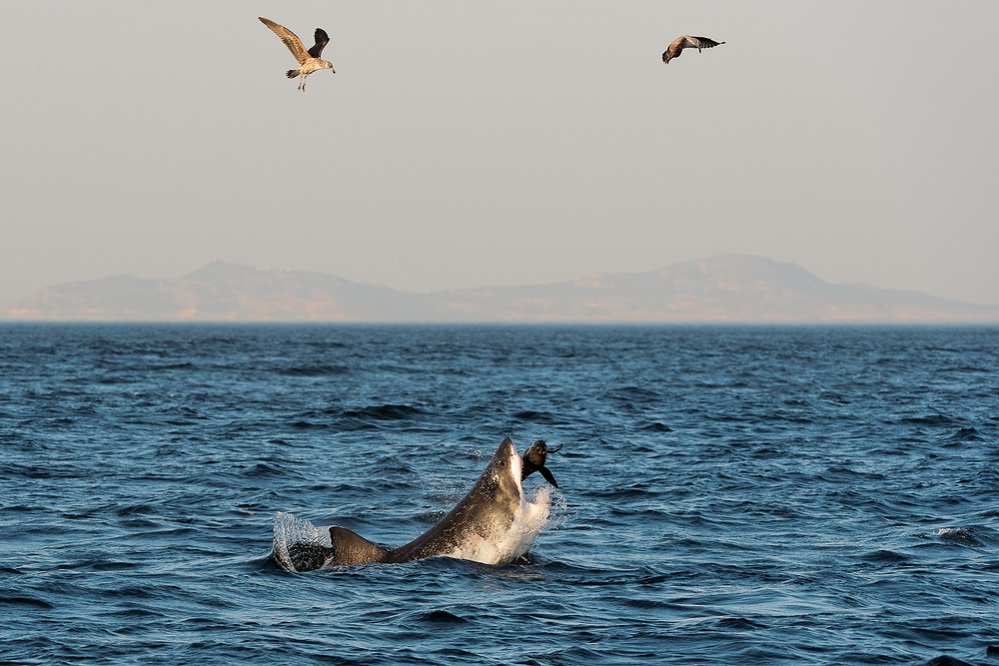
A shark’s body and incredible senses are perfectly honed for one purpose: hunting. They’ve evolved a variety of adaptations to help them find and catch their prey, depending on their preferred food source.
Sharks are famous for their teeth, which come in an array of shapes and sizes. Some have sharp, pointed teeth for snagging slippery fish, others have saw-like teeth for tearing flesh, and some even have flat teeth for crushing shellfish. And the fun fact is, sharks continually shed and replace their teeth throughout their lives!
Many sharks use camouflage to their advantage when hunting. Sharks that dwell near the ocean floor often have mottled patterns to help them blend in with their surroundings, while open ocean sharks might be countershaded – dark on top and light on the bottom – to conceal themselves from both above and below.
Different shark species have unique hunting strategies. Some, like the great white shark, are ambush predators, relying on the element of surprise. Others are active hunters, relentlessly chasing down their prey. The largest sharks, like whale sharks, are filter feeders, swimming with their enormous mouths open to strain plankton and small fish from the water.
Shark Diversity
The world of sharks is incredibly diverse! They come in an amazing variety of shapes, sizes, and lifestyles. From gigantic gentle giants to strange-looking deep-sea dwellers, they never cease to amaze.
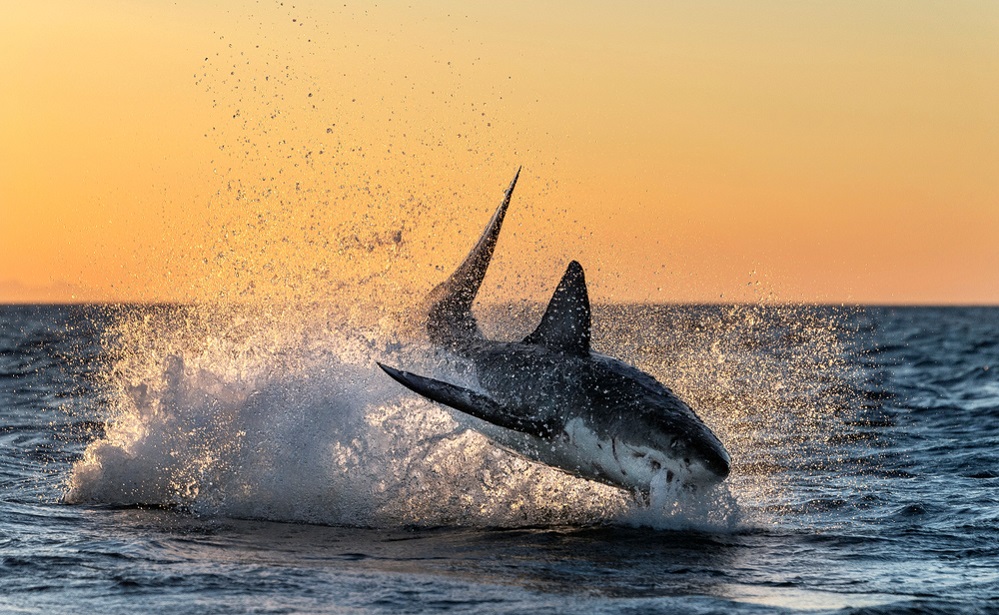
Different Types of Sharks
The Gentle Giants: The whale shark is the biggest fish on Earth, reaching up to 40 feet long! These enormous creatures are filter feeders, along with basking sharks and megamouth sharks. They eat only tiny plankton and small fish and are completely harmless to people.
Iconic Predators: Great white sharks, tiger sharks, and hammerhead sharks are some of the most famous shark species. These powerful hunters are respected, and sometimes a little feared, for their role in the ocean.
Deep-sea Oddities: The deep, dark ocean is home to some of the weirdest-looking sharks on the planet. Goblin sharks, with their long, pointy noses, and frilled sharks, which look a bit like eels, are just some examples of the strange creatures lurking in the depths.
The Lesser-Known: There are many incredible shark species that most people haven’t heard of! Sawsharks use their saw-like noses to find food, and tiny dwarf lanternsharks glow in the dark!
Shark Habitats
Sharks can be found all over the world in a huge variety of habitats.
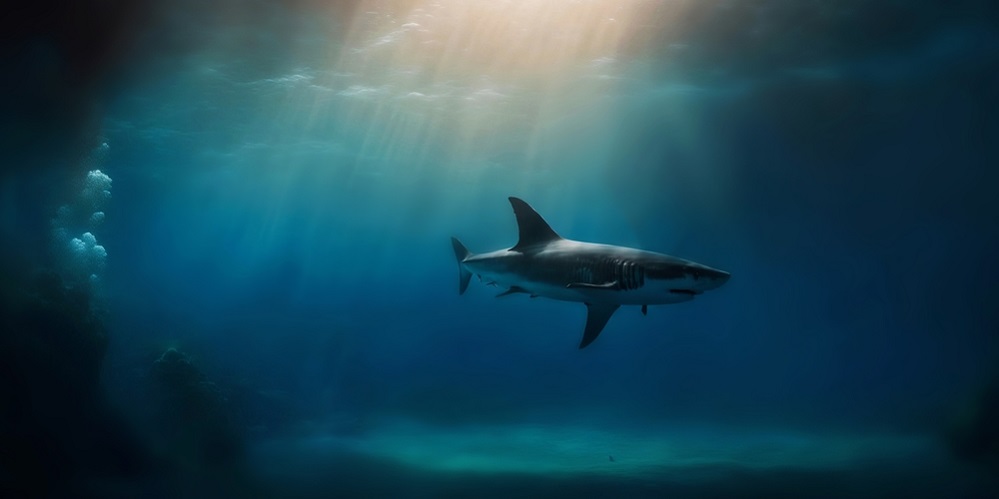
Open Ocean: Sharks like the blue shark and the mako shark travel huge distances in the open ocean, always on the lookout for food.
Coral Reefs: Busy coral reefs are full of life, attracting many sharks like whitetip reef sharks, blacktip reef sharks, and even hammerheads.
Coastal Waters: Sharks are very common in shallower waters close to coastlines, where they find lots of food. Bull sharks are unusual because they can even survive for a while in freshwater rivers!
The Deep Sea: The cold, dark depths of the ocean are home to specially adapted sharks with slow metabolisms and unique ways of hunting.
Freshwater: It’s very rare, but a few types of river sharks (genus Glyphis) are found in Southeast Asia and Australia, showing how adaptable sharks can be.
The Lives of Sharks
Sharks lead much more complex lives than you might think! Let’s bust some myths and learn some cool facts.
Reproduction
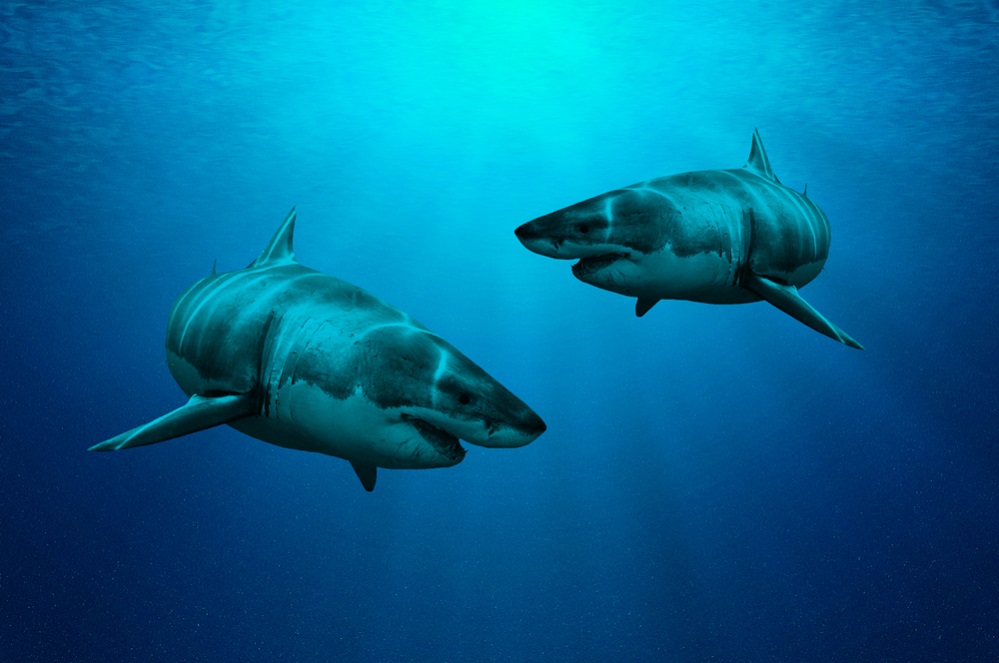
Sharks have babies in a few different ways, which shows how diverse they really are!
Egg-layers: Some sharks lay eggs in tough cases, sometimes called “mermaid’s purses.” The baby sharks grow inside the eggs and hatch out all by themselves, ready to take on the world.
Eggs Inside: Many sharks keep their eggs inside their bodies until they hatch. The babies get food from a yolk sac, just like baby birds. Then, they are born live and ready to swim and find their own food.
Live Birth (Like Us!): Some sharks have a way of having babies that’s very similar to mammals! The baby sharks grow inside the mother, connected to her just like human babies, and get all their food from her until they are born.
Did you know that some sharks can be pregnant for a really long time? The spiny dogfish, a deep-sea shark, might carry its babies for up to two years! This, combined with the fact that sharks generally produce few offspring, makes them vulnerable to population declines.
Social Behavior
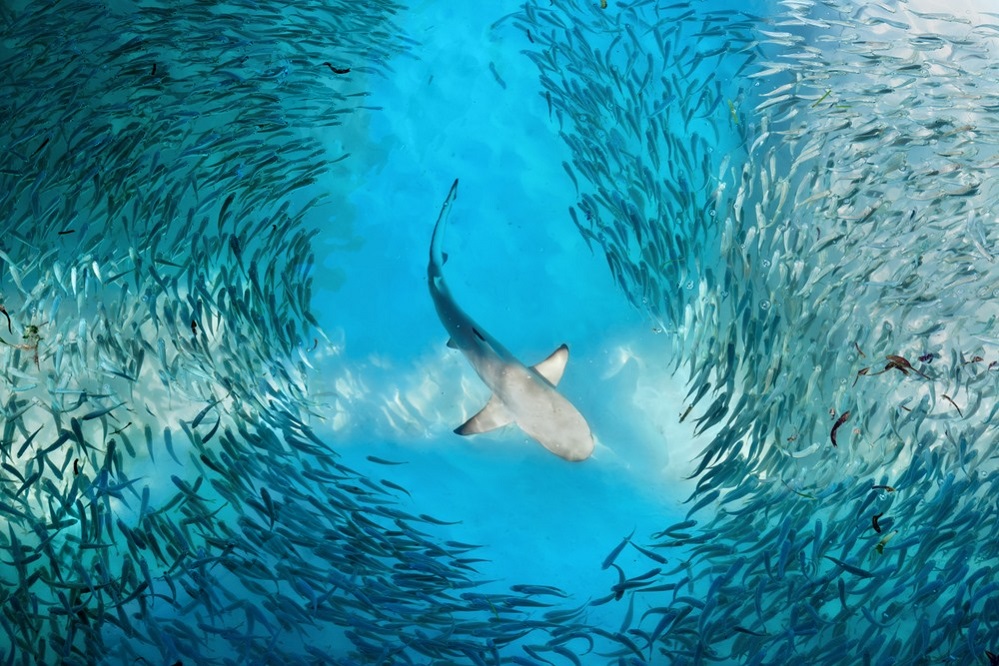
While we often think of sharks as solitary creatures, their social lives are more complex than we might initially assume. Sharks do primarily lead solitary lives, hunting and living alone for the most part. However, some species come together during specific periods for mating or take advantage of areas with abundant food sources.
Recent research even suggests that sharks might have individual personalities, with some individuals being bolder or more curious than others. Certain sharks, like hammerheads, are known to form large, sometimes mesmerizing, schools. This behavior might offer protection, provide social interaction, or even enhance their hunting strategies.
Lifespan
So, how long do sharks live?
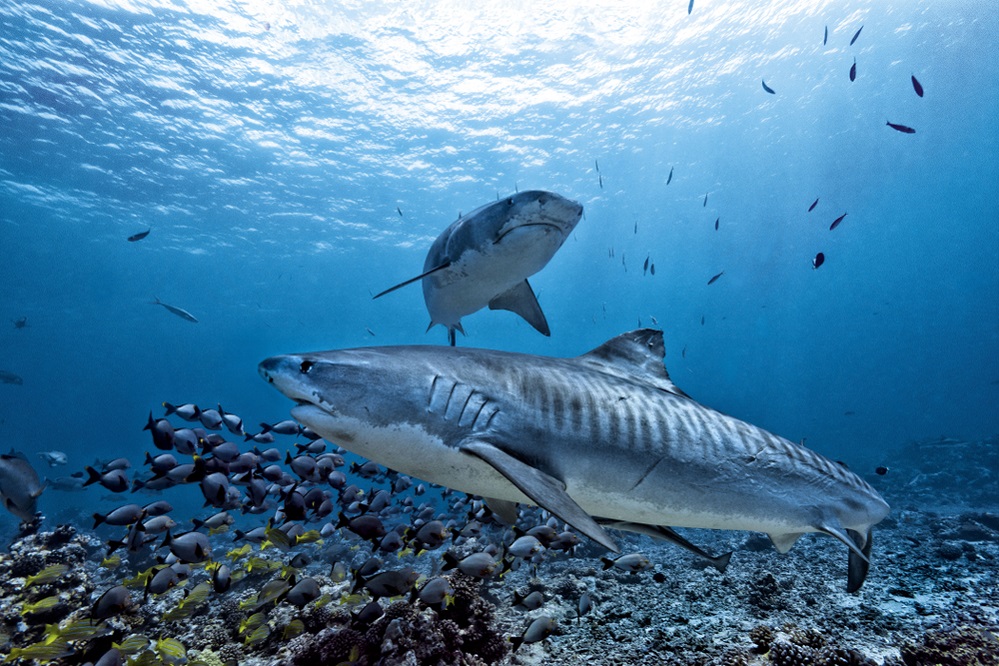
Sharks are generally long-lived creatures, but their lifespan varies significantly between species. Some deep-sea sharks, like the Greenland shark, are truly the elders of the ocean. Scientists believe these slow-growing giants can live for centuries – with estimates reaching an astonishing 400 years!
Many of the iconic sharks we’re familiar with, like great white sharks and tiger sharks, also have impressive lifespans. These powerful predators can live for several decades, often reaching 20-30 years or more. Smaller shark species tend to have shorter lifespans, sometimes ranging between 10-20 years.
Sharks and Humans
Sharks and humans have a complicated history filled with fear, fascination, and in recent times, a growing sense of the need for conservation.
Shark Attacks
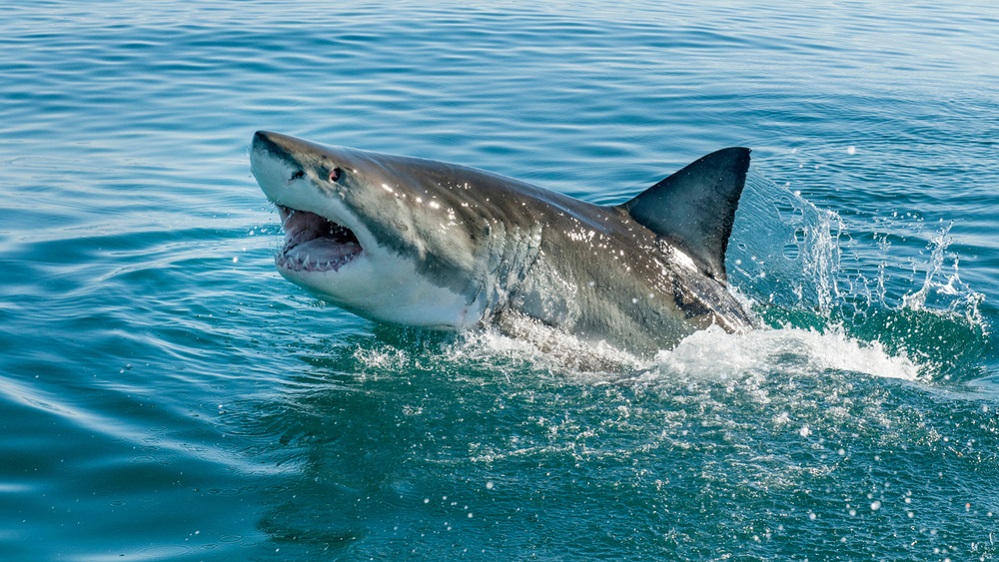
Super Rare: It’s important to know that shark attacks on humans are incredibly rare. On average, less than 10 people worldwide die each year due to unprovoked shark attacks. Think about it – you are way more likely to be struck by lightning than attacked by a shark!
Mistaken Identity: Most of the time, when a shark does attack a person, it’s a case of mistaken identity. Sharks might investigate a swimmer or surfer out of curiosity, thinking they are a seal or another usual food source. People in murky water, near schools of fish, or swimming alone far from shore can be at a slightly higher risk.
Staying Safe: So, how to avoid shark attacks? There’s no need to be terrified, but you can make your chances of encountering a shark even smaller. Swim in groups, stay close to shore, and avoid swimming at dawn, dusk, or night (when sharks are more active).
Conservation Threats
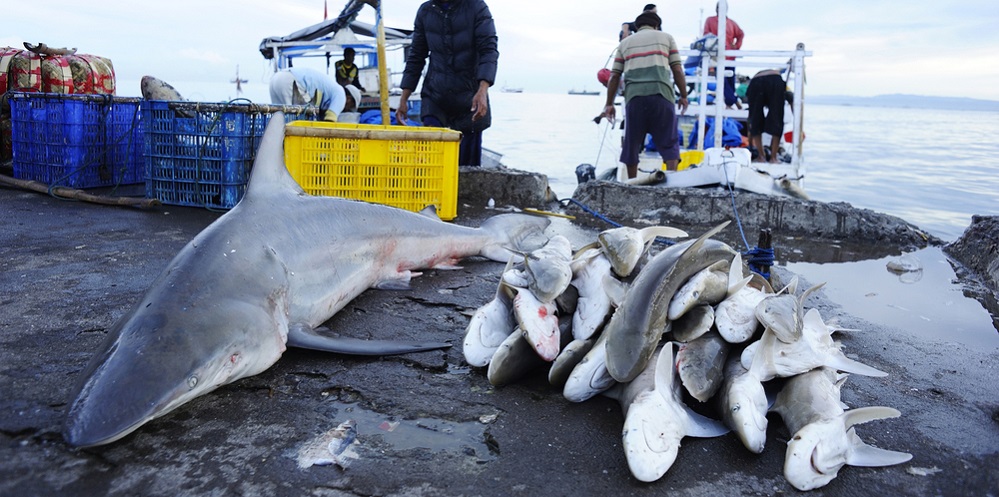
Sadly, despite the minimal threat sharks pose to humans, the dangers we inflict upon them are severe. Overfishing poses the greatest threat to shark populations worldwide. Sharks are often caught intentionally as a target species, but even more frequently are victims of bycatch – unintentional capture in fishing gear meant for other species.
A particularly devastating practice is shark finning, where only the fins are harvested, and the rest of the shark is discarded back into the ocean, often while still alive, to suffer a slow and painful death.
Habitat degradation and loss are also major threats to sharks. Coastal development destroys vital habitats, while pollution contaminates their environment. Climate change further disrupts ocean ecosystems, negatively impacting shark populations. Coral reefs, crucial nurseries for many shark species, are especially vulnerable to the effects of climate change.
Overfishing of other species deprives sharks of their natural prey, destabilizing the delicate balance of the entire marine food web.
Conservation Efforts
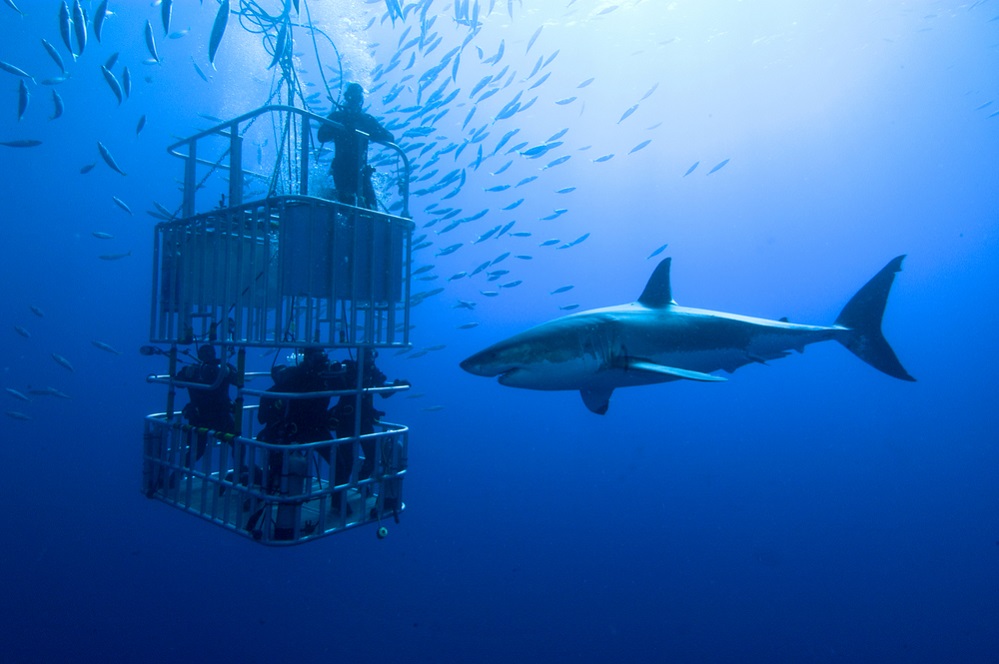
So, how to help save sharks?
The good news is that awareness about the importance of sharks is growing, fueling significant conservation efforts to reverse their decline.
Promoting sustainable fishing practices and implementing regulations aimed at reducing bycatch (the accidental capture of sharks) are crucial for population recovery. Additionally, the establishment of Marine Protected Areas (MPAs) provides sharks with safe havens where they are shielded from fishing pressure, allowing their numbers to rebound.
Laws specifically geared towards sharks, such as bans on the cruel practice of shark finning and the trade of endangered shark species, are powerful tools in the fight to protect these vulnerable animals.
Facts and Stats About Sharks
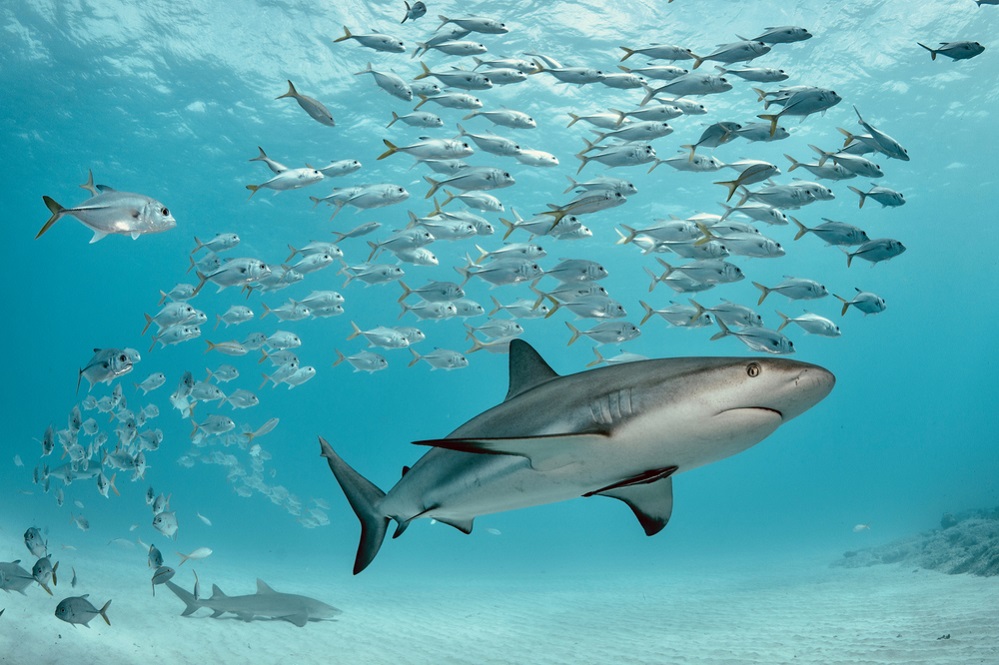
- There are over 500 species of sharks! They come in all shapes and sizes, from tiny dwarf lanternsharks (less than 8 inches long) to the giant whale shark (up to 40 feet).
- Sharks have been swimming in our oceans for over 400 million years – they’re older than dinosaurs!
- Unlike bony fish, shark skeletons are made of cartilage, the bendy stuff in your ears and nose. This makes them lighter and more flexible for swimming.
- Sharks have a special sense called electroreception. They can detect the tiny electrical signals made by all living things, even prey hiding under the sand!
- Sharks are always shedding and replacing their teeth – some can lose thousands of teeth in their lifetime!
- The whale shark, the world’s biggest fish, is a filter-feeder. It eats mostly plankton and tiny fish.
- Some shark species can burst into short sprints of up to 40 miles per hour!

- Certain sharks travel thousands of miles across the open ocean.
- Greenland sharks can live for centuries! Scientists think some might be over 400 years old.
- Female sharks often have thicker skin than males, which acts as protection during aggressive mating behaviors.
- Some sharks give birth to live young! Their pregnancy can last up to two years.
- Sharks play a vital role in our oceans by keeping populations of other animals in balance.
- Sadly, despite their reputation, less than 10 people worldwide die each year from shark attacks.
- Shark populations are declining all over the world due to overfishing, finning, and habitat loss.
- Sharks are essential for healthy oceans. Protecting them is crucial for the future of our planet.
FAQs
Are sharks dangerous?
While sharks are awesome predators, most species are completely harmless to humans. Shark attacks are very rare, and most happen when sharks mistake us for their usual food. Being careful and aware can make encounters even less likely.
Are sharks endangered?
Unfortunately, yes. Many shark populations are in trouble. Overfishing, particularly for their fins, is the biggest threat, but habitat destruction and pollution also play a role.
Which shark is the biggest?
The whale shark is the world’s biggest shark and the biggest fish in the ocean. They can grow up to 40 feet long!
What's the oldest living shark?
The Greenland shark is the longest-living vertebrate (animal with a backbone) on Earth. Scientists think they can live for hundreds of years, possibly up to 400!
How can I help sharks?
Here’s how you can make a difference:
Choose sustainable seafood: Avoid seafood caught in ways that harm sharks. Look for eco-friendly options.
Reduce your plastic use: Plastic pollution hurts all marine life, including sharks.
Support shark conservation organizations: Donate to shark conservation or volunteer with organizations working to protect sharks.
Spread the word: Teach your friends and family about sharks and why they need our help!
Conclusion: Beyond Fear, Towards Respect and Conservation
Sharks are often misunderstood as mindless killers, but the truth is far more fascinating. These ancient creatures have perfected their skills over millions of years, becoming vital players in healthy ocean ecosystems. Their incredible diversity, remarkable adaptations, and complex lives deserve our admiration, not our fear.
Unfortunately, the biggest threat to sharks isn’t their teeth – it’s our actions. Overfishing driven by the demand for shark fins, reckless fishing practices, and the destruction of habitats are pushing many shark species towards extinction. Losing sharks would have terrible consequences, disrupting the delicate balance of the oceans and affecting the health of our entire planet.
Now is the time for action. We have the power to change the future of sharks. By making informed choices about seafood, reducing pollution, supporting shark conservation organizations, and changing how we think about sharks, we can make a difference. It’s time to look beyond the fear, embrace the wonder of sharks, and take action to protect these magnificent creatures for generations to come.
Let’s pledge to be shark ambassadors, spreading knowledge, inspiring awe, and working towards a world where both humans and sharks can thrive. Together, we can ensure a brighter future for these incredible creatures and for the oceans they call home.




